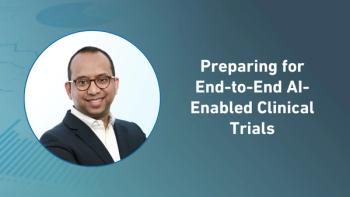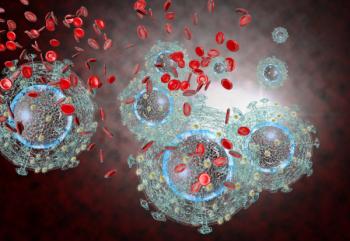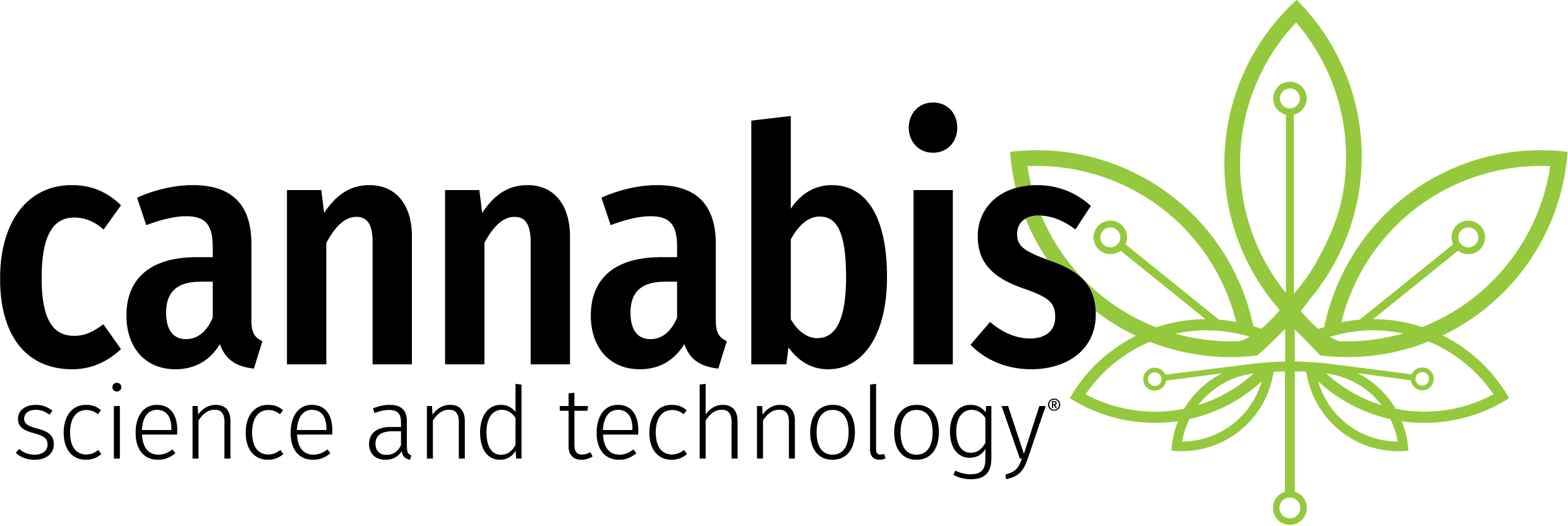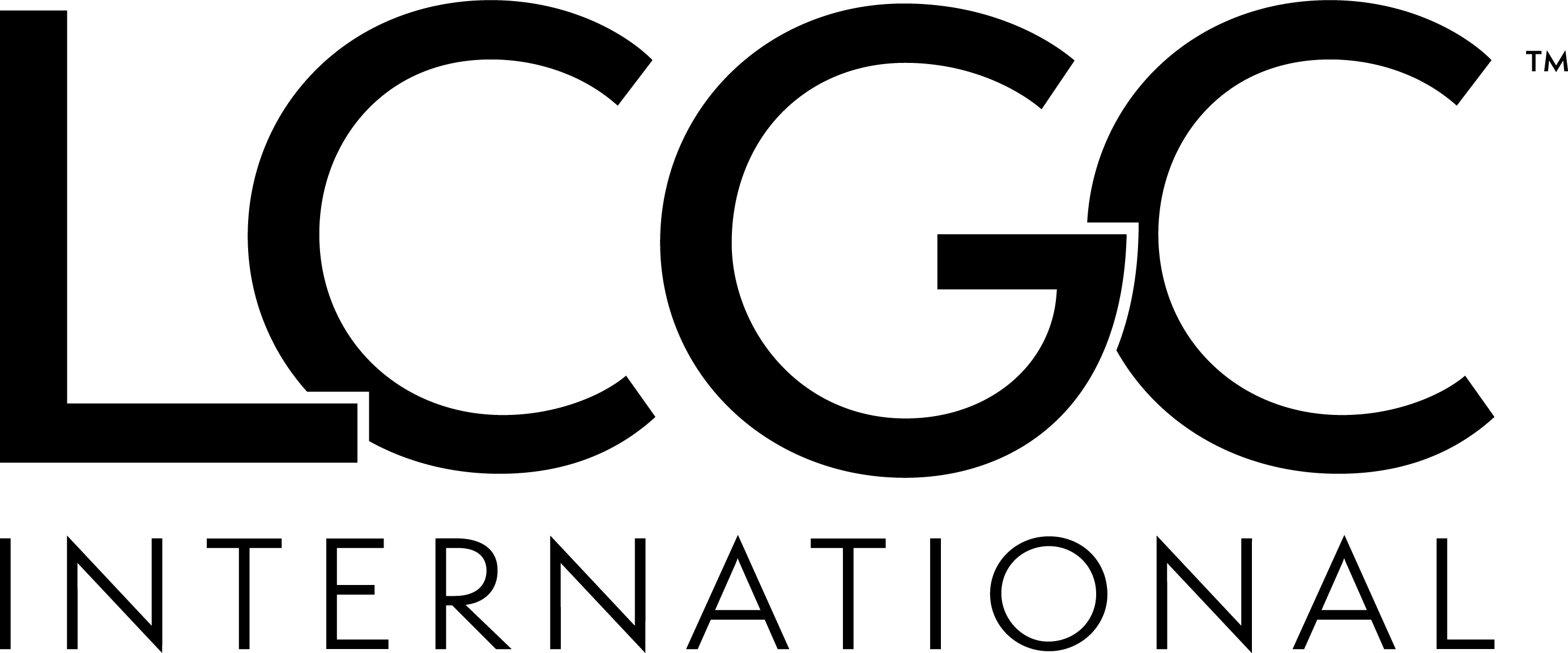
Linerixibat Demonstrates Statistically Significant Reduction in Pruritus in Phase III GLISTEN Trial for PBC
Updated GLISTEN trial results presented at EASL 2025 confirm that the IBAT inhibitor linerixibat significantly improved worst itch scores and itch-related sleep interference over 24 weeks in adults with primary biliary cholangitis.
Top-line results from the Phase III GLISTEN trial (NCT04950127) show that the novel therapy linerixibat produced a significant reduction in pruritus in adult patients with primary biliary cholangitis (PBC).1,2 These data, released at the European Association for the Study of the Liver Congress 2025, follow findings from the GLISTEN trial released in November 2024 showing patients administered linerixibat achieved a statistically significant improvement in itch over 24 weeks compared with placebo.3
“Currently there are very limited therapies for pruritus in PBC and previous attempts to develop new therapies have been unsuccessful,” lead GLISTEN author Gideon Hirschfield, Lily and Terry Horner Chair in Autoimmune Liver Disease Research, director of the Autoimmune and Rare Liver Disease Programme at University Health Network, Toronto, said in a press release. “As an investigator who also sees many patients with PBC, and who has worked with this molecule from the early phase II studies, the clear improvements in itch and its related sleep interference seen in GLISTEN are meaningful and clinically important.”1
Linerixibat is a minimally absorbed ileal bile acid transporter (IBAT) inhibitor. In a Phase IIa trial, the drug was found to reduce cholestatic pruritus without serious adverse events (AEs). The trial found that patients with pruritus and elevated bile acid levels at baseline experienced a reduction in these levels following treatment with linerixibat compared to placebo, as well as improved sleep interference and fatigue.4
Trial Design
The double-blind, randomized, placebo-controlled, GLISTEN trial enrolled 238 PBC patients with cholestatic pruritus. Patients with moderate to severe itch were randomly assigned in a 1:1 ratio to receive linerixibat (n=119) or placebo (n=119).
Those who were initially randomly assigned to either the linerixibat or placebo cohorts were allowed to cross over to part B of the trial. The primary and secondary endpoints of GLISTEN were evaluated as per the 0-10 numerical rating scale (NRS) for worst itch and itch-related sleep interference.
Trial data released in November 2024 show linerixibat achieved the primary endpoint with a statistically significant decrease from baseline in monthly itch score across 24 weeks compared to placebo (least squares [LS] mean difference [95% CI]: -0.72 [-1.15, -0.28], p=0.001). Updated results show a rapid improvement in itch with linerixibat compared to placebo at two weeks (LS mean difference [95% CI]: -0.71 [-1.07, -0.34], p<0.001), which was sustained throughout the trial.
Patients administered linerixibat also achieved a significant improvement in itch-related sleep interference over 24 weeks versus placebo (LS mean difference [95% CI]: -0.53 [-0.98, -0.07], p=0.024). Additionally, 56% of patients administered linerixibat achieved a clinically meaningful itch improvement (WI-NRS ≥3-point reduction) compared to 43% in the placebo cohort at week 24 (treatment difference 13% [95% CI 0%-27%], nominal p=0.043).
In terms of safety, the profile of linerixibat was consistent with prior findings and for the mechanism of IBAT inhibition, according to the authors. The most frequently reported AEs among those administered linerixibat compared to placebo were gastrointestinal in nature. Diarrhea was the most common AE and was mostly mild in intensity. Discontinuation associated with diarrhea occurred in 4% of patients administered linerixibat compared to <1% with placebo.
“Relentless itch is present in the majority of patients with PBC and is a symptom that affects sleep, mental health, and quality of life,” said Kaivan Khavandi, SVP, global head, Respiratory, Immunology & Inflammation R&D, GSK, in a press release. “With linerixibat, we are one step closer to addressing the high unmet need of itch and its related sleep interference that are critically important to patients but historically under-treated.”1
References
1. GLISTEN phase III trial results show linerixibat significantly improves cholestatic pruritus (relentless itch) in primary biliary cholangitis (PBC). News release. GSK. May 8, 2025. Accessed May 9, 2025.
2. Global Linerixibat Itch Study of Efficacy and Safety in Primary Biliary Cholangitis (PBC) (GLISTEN). ClinicalTrials.gov. Updated February 26, 2025. Accessed May 9, 2025.
3. Linerixibat shows positive Phase III results in cholestatic pruritus (relentless itch) in primary biliary cholangitis (PBC). News release. GSK. November 19, 2024. Accessed May 9, 2025.
4. GLIMMER: A Randomized Phase 2b Dose-Ranging Trial of Linerixibat in Primary Biliary Cholangitis Patients With Pruritus. Levy, Cynthia et al. Clinical Gastroenterology and Hepatology, Volume 21, Issue 7, 1902 - 1912.e13.
Newsletter
Stay current in clinical research with Applied Clinical Trials, providing expert insights, regulatory updates, and practical strategies for successful clinical trial design and execution.






.png)



.png)



.png)
.png)
